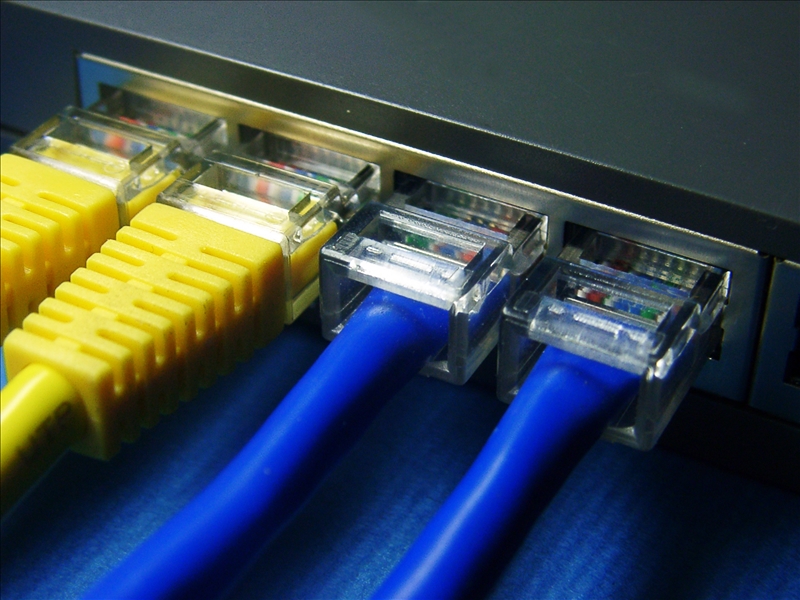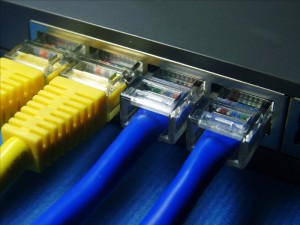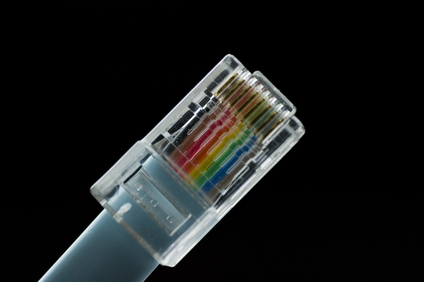
Is Wired or Wireless Best for Your Business? – Part 2
 As discussed in Part 1, many users no longer think wired Internet connections are necessary because WiFi has become so commonplace in everyday use. However, hard-wired connections do have advantages for businesses that should not be overlooked. Part 2 will discuss Wireless Advantages and Considerations.
As discussed in Part 1, many users no longer think wired Internet connections are necessary because WiFi has become so commonplace in everyday use. However, hard-wired connections do have advantages for businesses that should not be overlooked. Part 2 will discuss Wireless Advantages and Considerations.
Wireless Advantages
Typically, wireless Internet connections will likely be adequate for the majority of tasks at a workplace. Lots of employees like wireless primarily because of its convenience and mobility, thinking the advantages from a hard-wired connection are not worth the trouble of attaching an Ethernet cable. In addition, advancements in WiFi technology are gradually gaining on . Even though an organization may not require Ethernet’s advantages in speed, low-latency, stability, and security, it should reconsider before going completely wireless.
Wireless Considerations
Make sure that the new WiFi equipment that your company buys features the newest 802.11 AC Wave 2 standard. It will be crucial for the future because it can support several users and handle multiple inputs and outputs (MU-MIMO).
Another benefit of 802.11 AC Wave 2 is that it gives WiFi equipment the capability of supporting multiple inbound and outbound streams. Thus, a company’s WiFi will be able to receive and broadcast data at the same time. As a result, audio and video streaming performance is improved.
The 802.11 AC Wave 2 standard will also allow your organization to implement future technological advancements. The latest devices from Apple can support MIMO over 5Ghz bandwidth, and this will eventually become the industry standard in the near future.
Conclusion
Obviously, an office can have both Ethernet and WiFi. Certain types of organizations require a hard-wired network to handle very large files, and they will also need to provide WiFi for guests, conference rooms, and outdoor areas. Always remember that Ethernet will provide better performance than WiFi for companies that need to process a great volume of data. At the same time, businesses should take advantage of advances in WiFi technology.
Progressive Office Cabling
Founded in 1986, Progressive Office’s success has been a direct result of years of commitment to seeking solutions on behalf of our clients in the Washington, D.C. and New York City areas. Efficiently working together, Progressive teams get cabling installed and operating as fast as possible while minimizing disruption and downtime. Call our toll free number (800) 614-4560 today.



 The crossover
The crossover  Nowadays offices and homes utilize either a wireless (Wi-Fi) connection or wired
Nowadays offices and homes utilize either a wireless (Wi-Fi) connection or wired 
 The
The